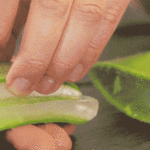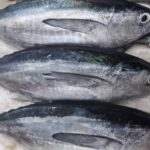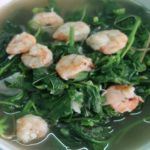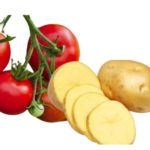Watercress
The US Centers for Disease Control and Prevention (CDC) once released a ranking of the most nutrient-dense fruits and vegetables. Agricultural and nutrition experts identified the best vegetable for human health based on their vitamin and essential mineral content. Common vegetables like spinach and beets scored around 100. However, the only vegetable with a perfect score of 100 was watercress.
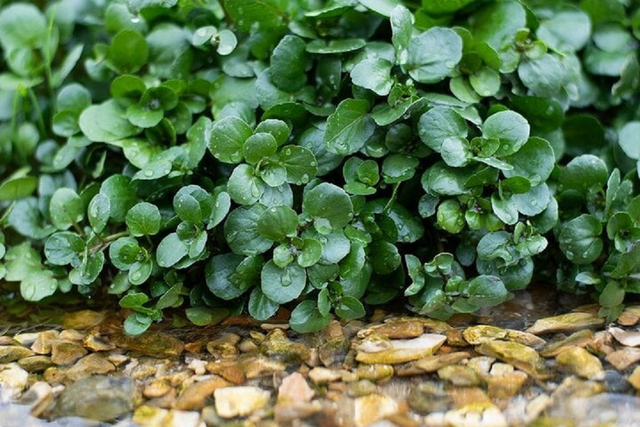
While watercress may be a rare delicacy in some parts of the world, it is a familiar and beloved vegetable in Vietnam, often gracing the dining tables of local households.
Watercress is a humble yet versatile green, leafy vegetable with a slightly spicy flavor. It is a close cousin of curly endive and cabbage. Widely available in Vietnamese markets, watercress boasts an impressive nutritional profile.
Despite its affordable price tag, watercress offers a plethora of health benefits. It not only protects the lungs and reduces the risk of lung cancer but also lowers the chances of developing prostate cancer in men and cervical, breast, and colorectal cancers in women, while also preventing the spread of cancer cells.
The cancer-fighting properties of watercress are attributed to its ability to boost antioxidant levels in the blood and protect DNA from damage caused by harmful toxins.
According to a study published in The British Journal of Nurition, consuming just 100 grams of watercress daily can help prevent breast cancer and reduce the overall risk of cancer. Watercress contains higher levels of vitamins, iron, calcium, magnesium, manganese, zinc, and potassium than broccoli, apples, and tomatoes. Additionally, watercress is particularly rich in vitamin C, further enhancing its cancer-fighting properties.
The compounds in watercress also induce apoptosis, or programmed cell death, in cancer cells. Similarly, extracts from raw watercress act as a guardian against prostate and colorectal cancer cells by inhibiting the metastasis of malignant cells.
Isothiocyanate, a compound found in watercress, inhibits the activity of metalloproteinase-9, an enzyme that promotes tumor growth, thereby preventing the invasion of breast cancer cells.
Luffa
Luffa, also known as sponge gourd or ridged gourd, is a familiar ingredient in Vietnamese cuisine. Both the fruit and leaves of the luffa plant are used in various delicious dishes.
Dr. Nguyen Ngoc Lan shared several traditional remedies using luffa leaves with the Suc Khoe & Doi Song (Health & Life) newspaper:
– Luffa leaves for persistent cough: Boil 20 grams of luffa leaves and drink the infusion.
– Luffa leaves for cooling and detoxification: Fresh or dried luffa leaves have a bitter, sour taste and a slightly cooling nature. They possess anti-inflammatory, antitussive, detoxifying, and anti-edema properties.
– Luffa leaves for sore throat: Wash and finely chop luffa leaves, add a pinch of salt, and mix with water. Strain and drink the infusion in one go.
– Luffa leaves for edema: Combine 15 grams of luffa leaves with 10 grams of Cynodon dactylon, chop them finely, and dry them. Boil this mixture in 200 ml of water until reduced to 50 ml. Drink this infusion once a day for 5 to 7 days.
– Luffa leaves for foot rot: Roast luffa leaves, crush them, and apply the paste to treat foot rot.
Effective Vegetable Cleaning Methods
To eliminate any residual pesticides on vegetables, thorough rinsing is key. Wash them multiple times under a running tap or faucet. By rinsing twice under running water and then soaking and rinsing them in a large container of water, you can remove up to 90% of harmful chemical residues. Pesticides that are organic phosphorous-based tend to be highly water-soluble.
Through simple soaking and rinsing, we can effectively remove these residues from the surface of leafy vegetables. For beans and legumes, pre-soaking and rinsing before cooking is highly effective in reducing pesticide residues. Similarly, washing ripe fruits before peeling them is a simple yet effective way to eliminate toxic residues.
Source: Nguoi Dua Tin (The Messenger)

























